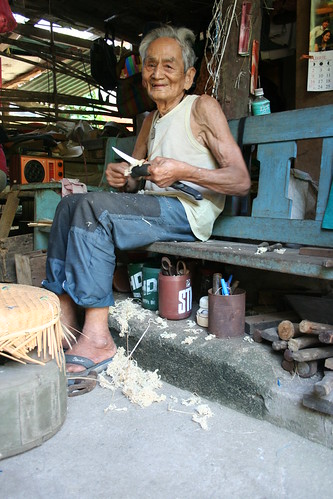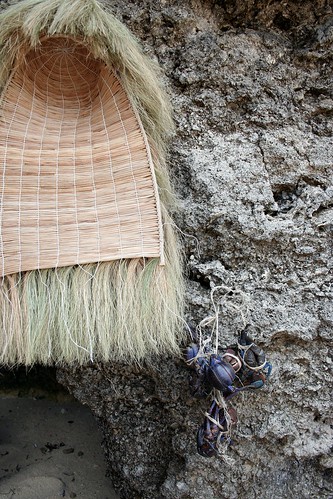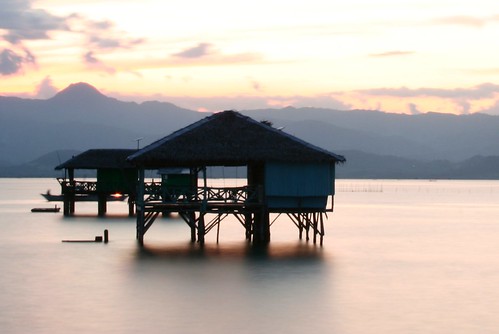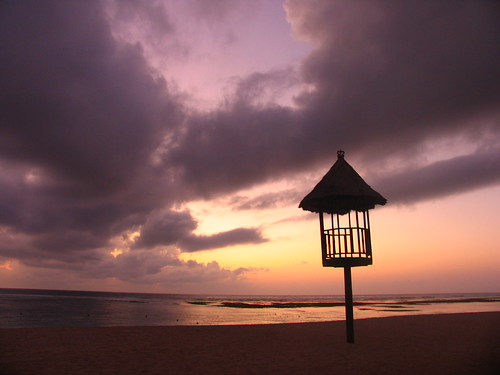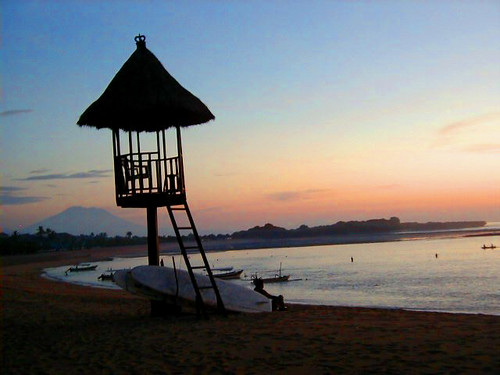When in a small archipelago almost three hundred kilometers from the nearest point of mainland Luzon, bound by almost violent seas, people are served with a few scattered choices. In this kind of isolation, Batanes, the northernmost province in the Philippines, is both blessed and cursed.
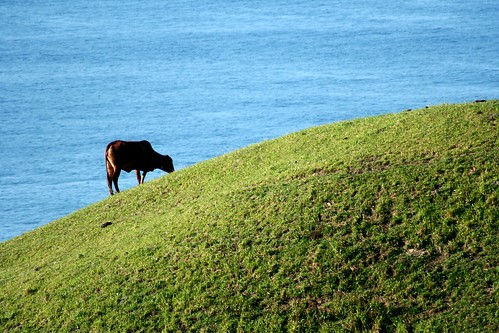
the hills of Chadpidan, town of Basco, Batanes islands, the Philippines
Canon EOS 350D Digital, 1/400s, f/5.6, 300mm, ISO 100, -1/3EV
Just on pure distance, traveling in and out of the province is severely limited. Immensely unapproachable by ordinary boats due to the treacherous currents of the Pacific and the South China Sea, the province depends on a few cargo boats that ferry merchandise to and from Manila twice a month. In the absence of definite domestic ship connections, the only way out or in is by air and plane fare is horrendous. With air freight cost approaching $2/kg and refrigerated cargo a lot more, perishable comestibles like potato from the mainland can even triple in price.
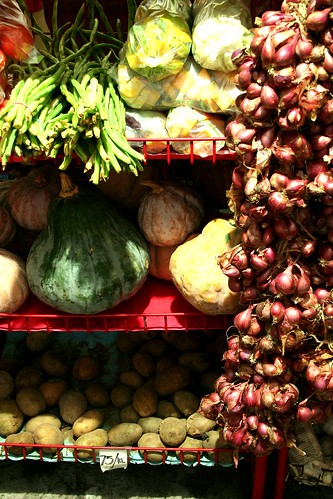
vegetables at a sari-sari convenience stall in Abad St, Basco, Batanes
Canon EOS 350D Digital, 8.0s, f/7.1, 34mm, ISO 100
With the scarcity of economic opportunities, limitation in market (Batanes after all is sparsely populated) and dearth of infrastructure, Batanes has one of the lowest per capita incomes in the Philippines. But in a delightful irony, Batanes boasts of an enviable quality of life that frequently lands it as among the top provinces with the best Human Development Index. While consumption and income remain poor, Batanes is a rarity in that it has no beggars in the streets and hunger is not a chronic problem.
The key is self-sufficiency. Due to the challenges posed by the mountainous topography, semi-temperate climate and frequent typhoons, farming is not most easy in Batanes. However, people intransigently cope up. At the time when rice was not yet readily available from the mainland, the staples have been root crops like ube, white yam, camote (sweet potato) or gabi (taro). For spices, communities grow turmeric, onions and garlic. No food is also too exotic. Ivatans, the native people of Batanes, take to the exotic like banana trunk uvud and paku fiddlehead fern (interestingly, the fern is called the same name in Bali!).
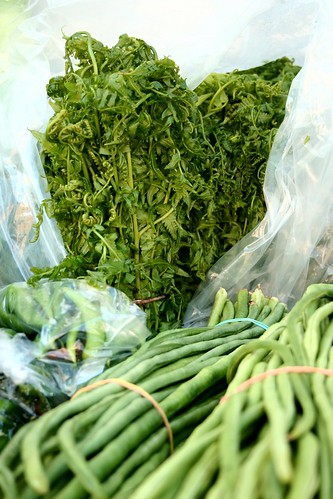
paku ferns and stringbeans at a stall in Abad St, basco, Batanes
Canon EOS 350D Digital, 1/50s, f/5.6, 43mm, ISO 100, -1/3EV
Ivatans are industrious. They work hard to save for the rainy days literally. Most households in Basco, for instance, own at least one head of cattle. It is typical for men to rise up early to shepherd their cows to pasture before heading for work. Late in the afternoon, after getting off from their jobs, they pass by the hills once more and make sure that their precious animals are herded back to a safe place for the night.

at Naidi Hills, Basco, the capital of Batanes, the Philippines
Canon EOS 350D Digital, 1/100s, f/8, 55mm, ISO 100
Probably the only regular “export” from Batanes is organic beef. Coveted as gourmet fare in Manila, the meat is certified free from fertilizers, pesticides and animal feed which are practically nonexistent in Batanes. Cattle typically roam free on the undulating hills and mountains, living off only on the natural pasturelands and watering holes. There are even wild cattle deep in the interior in a place dubbed as Marlboro country. It is illegal to bring in meat and meat products into Batanes to prevent contamination and disease introduction. Only male cattle can be butcherered legally. Females are given a free pass for population propagation.
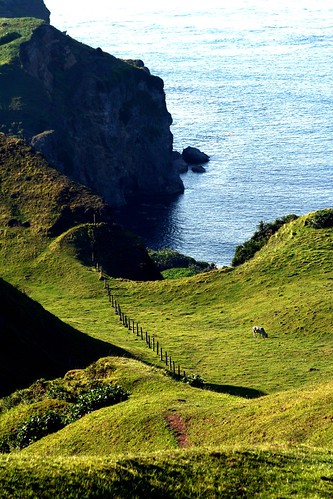
the hills of Chadpidan, town of Basco, Batanes islands, the Philippines
Canon EOS 350D Digital, 1/640s, f/5.6, 120mm, ISO 100
Menfolk pride themselves in venturing out to the sea to fish for dibang, tuna or the dorado or the dolphin fish (no relation to the real dolphin). As fishing season is only open for 3-4 months of summer in February/March to May, fishing became intrinsically linked with superstition.
For instance, in the case of dorado, the fish is not sold to anyone for fear of jinxing the season. People will just have to go out and catch their own. Any extra dorado they fish is dried and smoked above the kitchen hearth. Selling the preserved dorado off-season may be permissible but only after much ceremony.
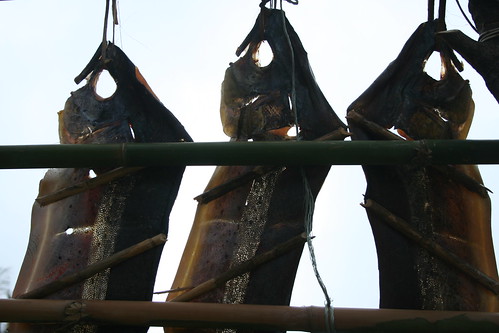
dorado (Coryphaena hippurus) or dolphin fish (no relation to the real dolphin) being dried at Diura, Mahatao town, Batan island, Batanes
Canon EOS 350D Digital, 1/250s, f/6.3, 38mm, ISO 100, -1/3EV
The economics of paucity forces Ivatans to hoard. A typical family have food supplies that can last a month or more. And what people do not have, they share or barter.
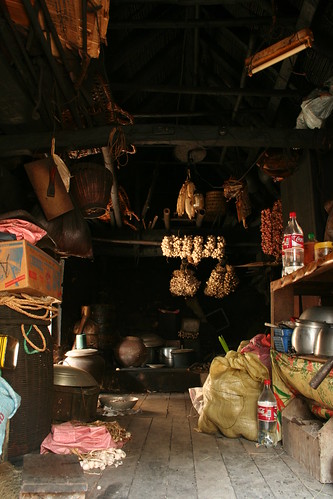
typical Ivatan kitchen at Chavayan, Sabtang island, Batanes, the Philippines
Canon EOS 350D Digital, 2.0s, f/8, 18mm, ISO 100
For this reason, there are no public markets even in the capital town of Basco. As late as the 1980s, there were even no storefronts. As concession to modernity and tourism, , some homes have opened up small sari-sari (convenience) stores of assorted goods in short strip of Abad Street leading to the National Road, Here, some locals set up carts or stools to sell their fish catch of the day or on occasion, their butchered cattle or pig.
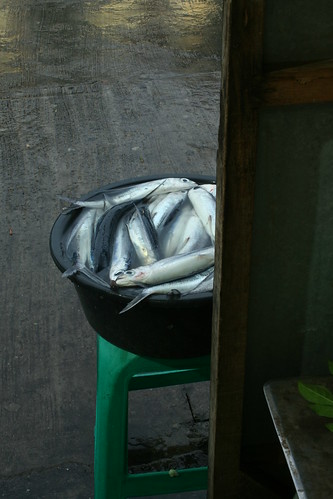
fishes for sale at a sari-sari convenience stall in Abad St, Basco, Batanes
Canon EOS 350D Digital, 13s, f/18, 37mm. ISO 100
Simplicity is a prevailing feature in Ivatan culture. Electricity is a recent development and refrigeration is still a luxury. Perishables are consumed immediately. What can be dried is desiccated under the sun and stored in cool cellars. What can be eaten raw or without condiment is done so.
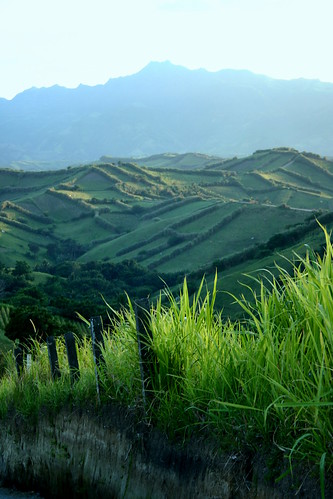
a view of hedged farms in Basco, as seen from Radar Tukon, Batanes, the Philippines
Canon EOS 350D Digital, 1/50s, f/5.6, 55mm. ISO 100, -1/3EV
In Batanes it seems, good virtues come by default.

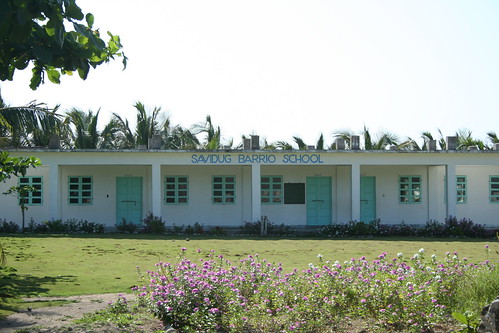
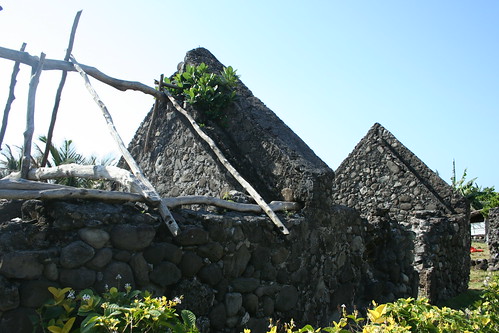

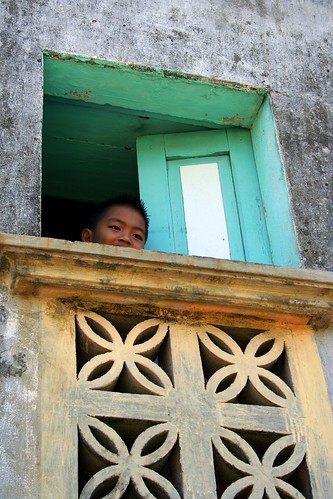
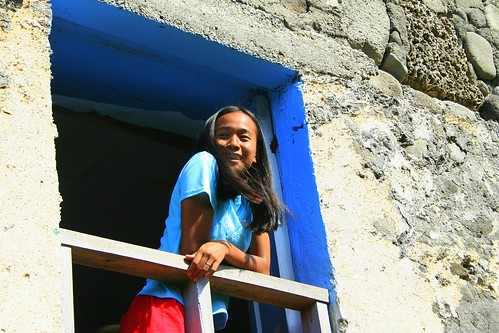
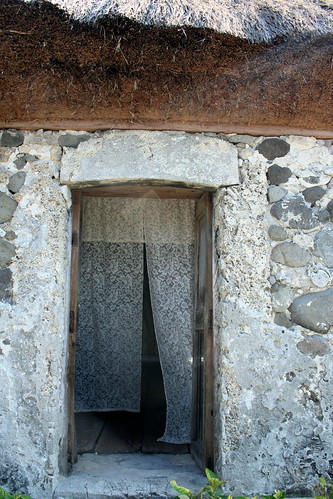
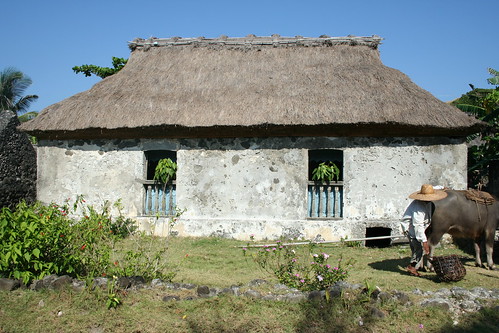






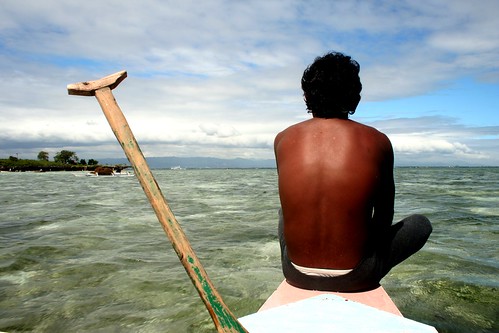
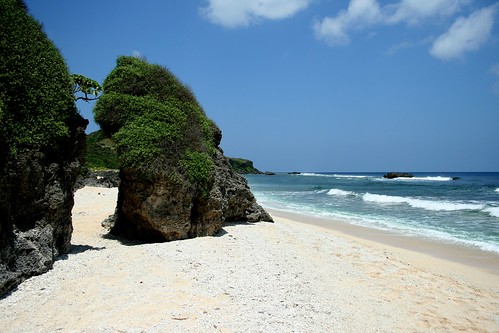
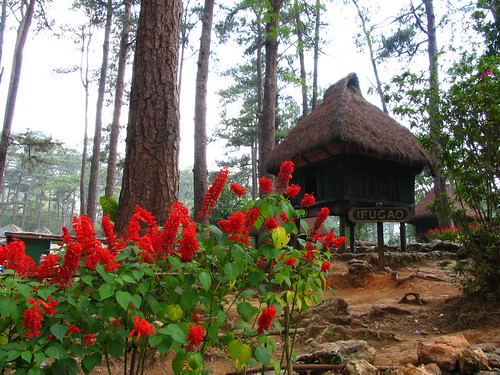

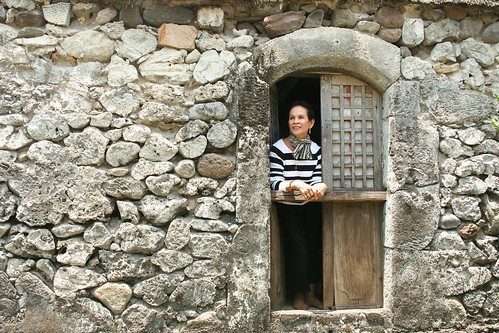
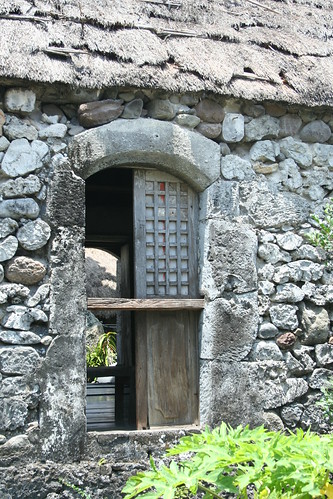

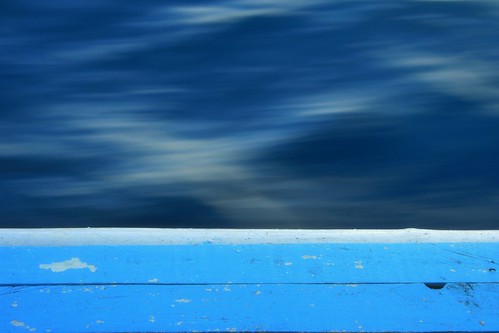
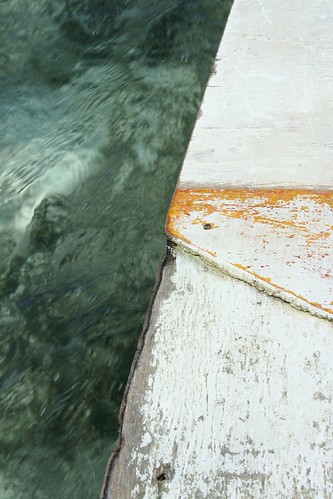
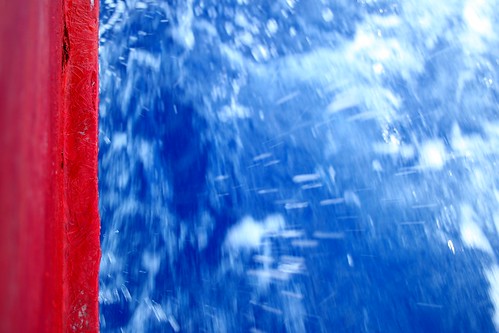
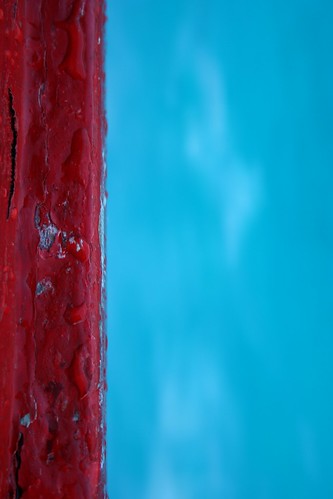









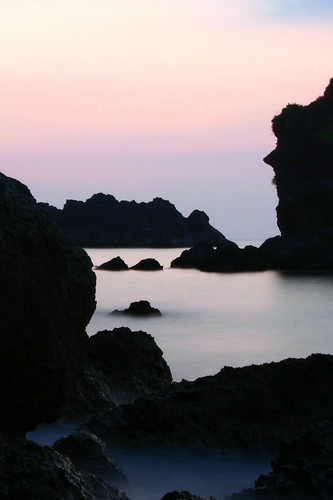
![Mom [6]](http://farm1.static.flickr.com/53/136702704_b1de723d46.jpg)
